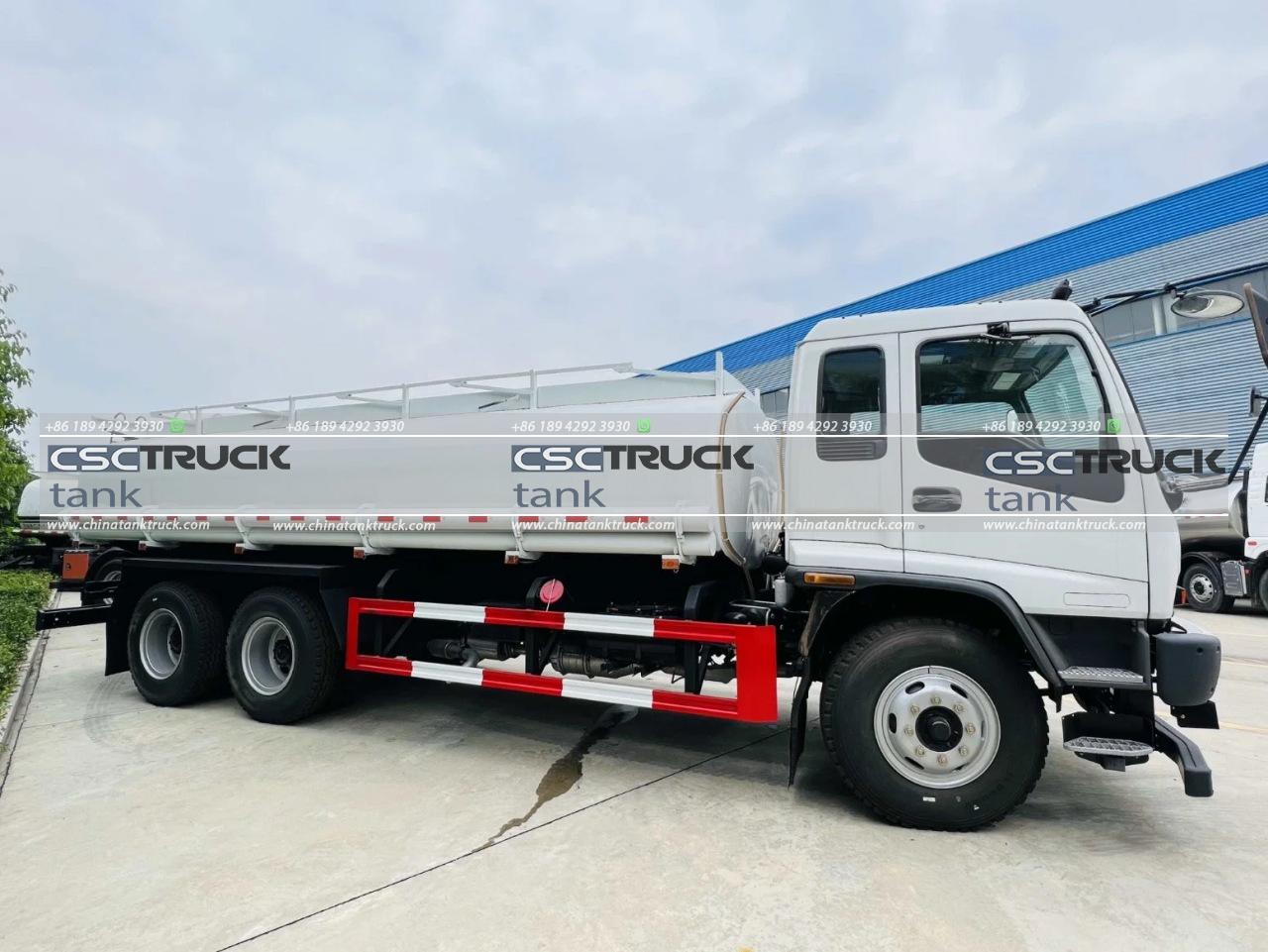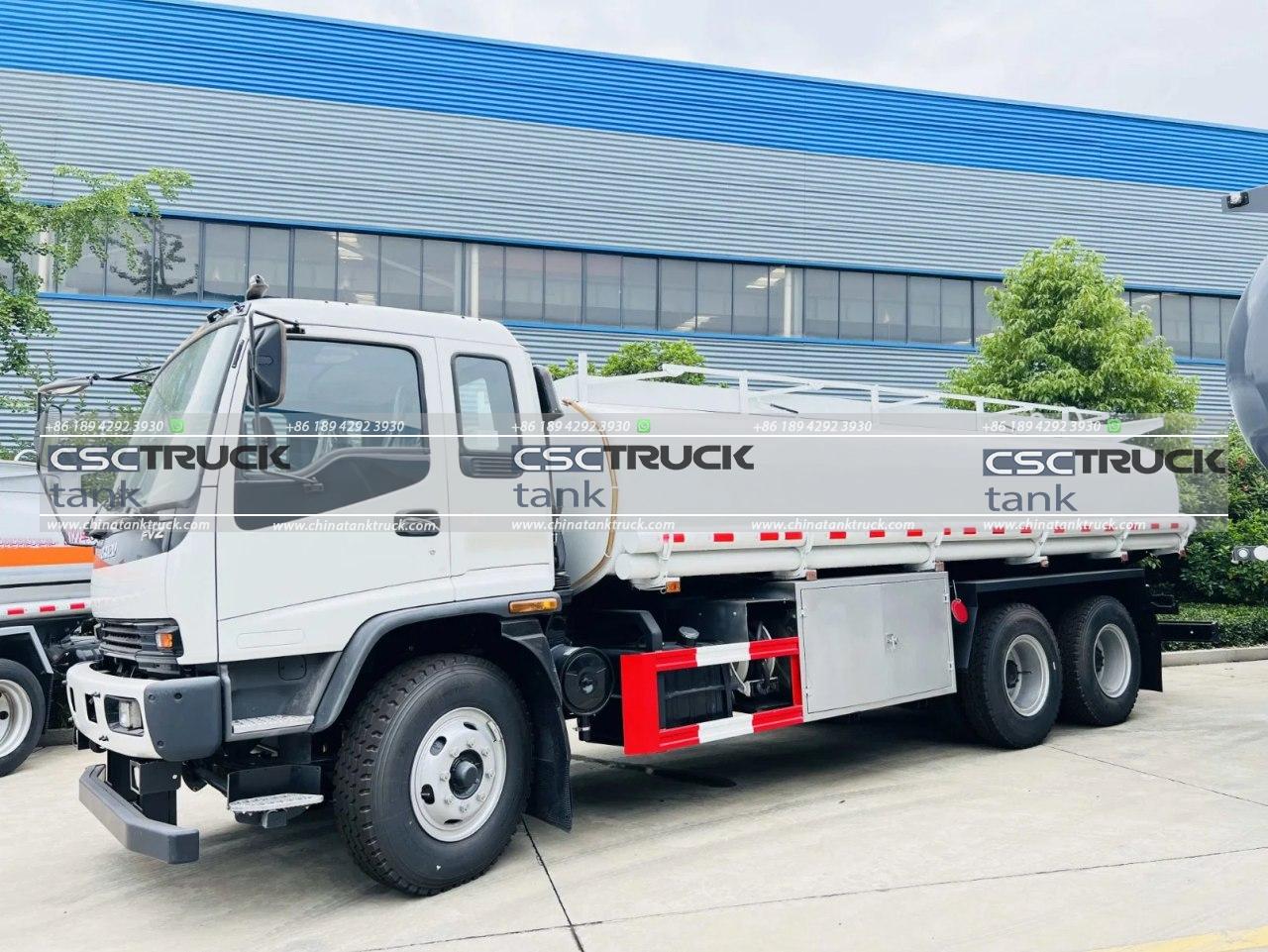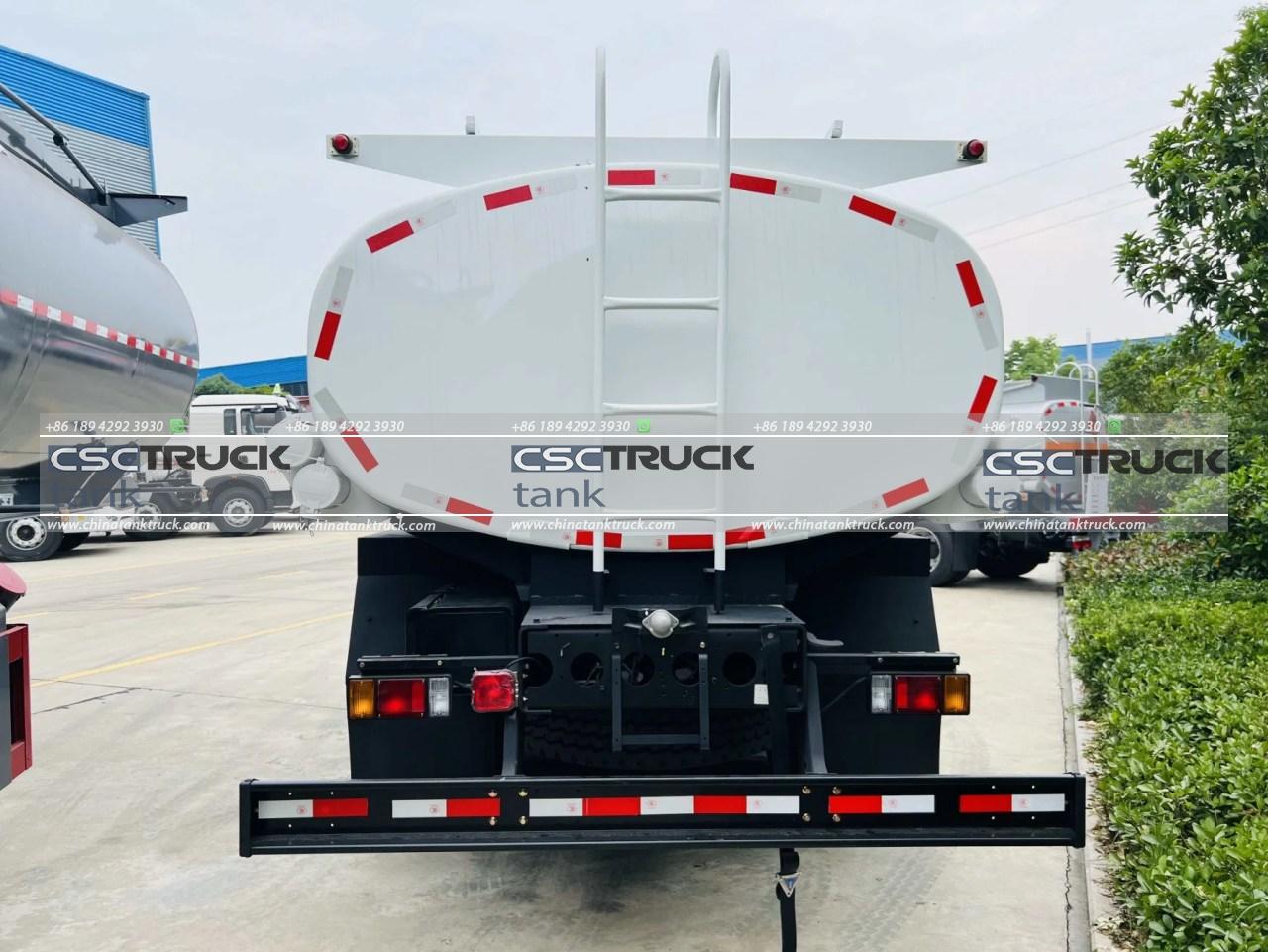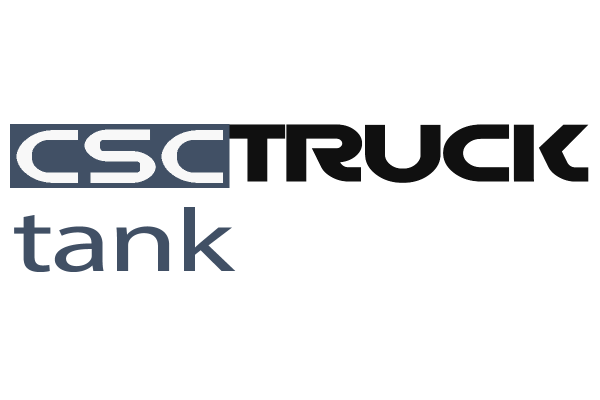What License Do You Need to Drive a Milk Tanker?
Driving a milk tanker requires specific qualifications and licenses due to the nature of the vehicle and the cargo it transports. Milk tankers are specialized vehicles designed to transport large quantities of milk from dairy farms to processing facilities or distribution centers. Given their size, weight, and the potential hazards associated with transporting perishable liquids, drivers must meet certain regulatory standards to ensure safety and compliance on the road.
License Requirements
To legally operate a milk tanker, drivers typically must obtain a commercial driver’s license (CDL) with specific endorsements depending on the country or region. Here’s a breakdown of the typical license requirements:
1. Commercial Driver’s License (CDL):
– A CDL is a must-have for anyone driving a milk tanker in most jurisdictions. It indicates that the driver has undergone specialized training and testing to operate large commercial vehicles safely.
2. Endorsements:
– Tanker Endorsement (N or X Endorsement): This endorsement is required for drivers who transport liquids in bulk containers. Milk tankers fall under this category because they carry large quantities of liquid cargo.
– Hazardous Materials Endorsement (H Endorsement): In some cases, milk tankers may also require drivers to have a hazardous materials endorsement, especially if the milk contains additives or preservatives that classify it as hazardous under transportation regulations.

Training and Certification
Driving a milk tanker involves more than just holding a CDL. Specific training and certifications may be required, including:
– Tanker Truck Training: Specialized training on handling and operating tanker trucks, including loading and unloading procedures, safety precautions, and emergency protocols.
– Transportation of Perishable Goods: Understanding the regulations and best practices for transporting perishable goods like milk, including maintaining proper temperatures and cleanliness of the tanker.
– Health and Safety Certifications: Depending on local regulations, drivers may need food safety and hygiene certifications, especially when transporting milk intended for human consumption.
Regulatory Compliance
Regulatory bodies impose strict guidelines to ensure the safety of milk transport:
– Vehicle Inspection: Regularly inspect the milk tanker to ensure it meets safety standards and is suitable for transporting food-grade products.
– Route Planning: Drivers must plan routes that minimize risks and adhere to weight restrictions, road regulations, and environmental considerations.
– Documentation: Keeping accurate records of milk quantities, origin, destination, and any necessary permits or licenses required for transporting across state or international borders.

Safety Protocols
Safety is paramount when transporting milk:
– Loading and Unloading: Proper procedures for loading and unloading milk to prevent spills and contamination.
– Emergency Response: Training in handling emergencies such as spills, accidents, or mechanical failures to minimize risks to public safety and environmental impact.
– Personal Protective Equipment (PPE): Ensuring drivers have appropriate PPE, including gloves and goggles, for handling milk and related equipment.
Environmental and Health Considerations
Transporting milk involves environmental and health considerations:
– Environmental Impact: Mitigating environmental impact through responsible driving practices and spill prevention measures.
– Health Standards: Adhering to health standards to ensure the milk remains safe for consumption throughout transportation.

Conclusion
Driving a milk tanker requires more than just a standard driver’s license. It demands specialized training, certification, and adherence to regulatory standards designed to safeguard both the driver and the public. By obtaining the necessary licenses and endorsements, undergoing proper training, and maintaining strict compliance with safety protocols, drivers can ensure the smooth and safe transport of milk from farm to table.
In conclusion, the licensure requirements for driving a milk tanker underscore the importance of professionalism, safety, and regulatory compliance in the transportation of perishable goods like milk. By meeting these requirements, drivers contribute to the efficient and safe distribution of milk, essential for the dairy industry and consumers alike.









